 Since its launch over 2 years ago, Apple’s App Store is redefining the way consumers are using the Internet. Apple has created a phenomenon and industry experts forecast application stores will become a billion dollar industry with revenues expected to exceed $25 billion by 2014.
Since its launch over 2 years ago, Apple’s App Store is redefining the way consumers are using the Internet. Apple has created a phenomenon and industry experts forecast application stores will become a billion dollar industry with revenues expected to exceed $25 billion by 2014.
Juniper Research estimates that by 2011 the majority of all applications-related revenue will originate from applications delivered via applications stores. And this trend will continue, with the contribution of 4G (both WiMAX and LTE) giving subscribers the opportunity to experience better mobile voice and data services, via application stores.
Operators should be happy. They are supporting this boom by providing the connectivity, marketing and customer care to the subscribers downloading the applications. However to date, operators are not enjoying increased revenue for their efforts.
Whilst data yield is increasing for operators, ARPU has been on a steady decline. Operators’ networks are being used to download and access applications but the operators themselves are seeing returns. Which is why, in recent months, operators have begun exploring ways to adopt the App Store model to gain full control over their revenue and subscriber base.
However, the challenge lies in how operators can ensure that subscribers will purchase applications from them and how an operator can add value compared to its competitors, device and platform vendors?
Source: Juniper Mobile Applications & Apps Stores Business Models, Opportunities & Forecasts 2009-2014
The Winning Application Store Strategy
Operators are only just beginning to realize that they have the existing assets to support their goal of launching an application store. By using the right avenues to tap into these assets, operators can fast track their venture into this exciting, profitable space.
There are 7 key factors that determine a winning application store strategy for operators.
I. Connectivity
Simply said, connectivity is the fuel required to transport any application to subscribers. Connectivity forms the very foundation, without which any application store, regardless of how cool or entertaining it is, cannot operate. Operators must realize that they are in possession of an essential sector of the application store ecosystem, and this sets them on the right path to owning their own application store.
II. Integrated Ecosystem (Applications Management, Billing & CRM)
 A successful application store should place emphasis on both the front-end and back-end mechanisms, particularly the applications management, billing and CRM.
A successful application store should place emphasis on both the front-end and back-end mechanisms, particularly the applications management, billing and CRM.
CRM Capabilities
On the front end, the system serves as a platform to push applications to subscribers. It is an online shopping mall that hosts various types of applications and it is the very place subscribers interface with the operator’s application store.
Hence, the front end should be managed carefully to meet the demands of subscribers.
This is where the operator has an advantage as they are the only entity within the ecosystem with a holistic view of subscribers’ lifestyle patterns based on their profile and purchase history. The operator’s CRM system provides an abundance of subscriber data which would assist in channeling the right applications to the right subscribers, at the right time.
It’s important for the application store system to be equipped with artificial intelligence that integrates with the operator’s CRM system to leverage on the wealth of subscribers’ behavioural information.
Based on this information, operators have the opportunity to make compelling recommendations to subscribers and meet their demands for personalized content.
Ready Billing Mechanism
Another advantage that operators have is a ready billing system, which includes options for prepaid and postpaid payments as well as flexibility in offering interesting rebate packages. This enables operators to differentiate from other players such as Apple, which typically has a less feasible or  preferred billing options. The application store system should easily integrate with operator’s existing billing system, allowing a single point of access to manage billing.
preferred billing options. The application store system should easily integrate with operator’s existing billing system, allowing a single point of access to manage billing.
Applications Management
At the back end, the application store system should be built to support an automated cycle of certifying an application. The right flow should be implemented to ensure applications submitted by content developers are properly scrutinized and tested before releasing to subscribers.
This relieves operators from the manual process of managing applications and, at the same time, ensures all deserving applications are made available to subscribers. In short, deploying an application store is about creating a whole ecosystem to support, develop and provision applications both online and at the device level.
III. Hassle Free Billing System
Operators have an established and trusted billing relationship with their subscribers. With prepaid and postpaid payment options, paying online with credit cards no longer needs to be the settlement medium. This enables all subscribers to enjoy applications without worrying about security and fraudulent risks, which is one of the main factors that deter them from shopping online. Application purchases can be charged directly to the subscriber’s scheduled (eg.monthly) bill.
Meanwhile, having a direct billing relationship with the operator puts the subscriber at ease. In the event of issues arising from the purchase of applications, subscribers are able to reach the operator for assistance and settlement.
IV. Focal Point of Access
A successful application store must consolidate all value-added services and applications within a single platform, hence subscribers benefit from a focal point of access. Distance to purchase must be reduced and free previews should be made available so that subscribers are given an opportunity to evaluate an application prior to purchase.
 V. Location-based Content
V. Location-based Content
Operators can offer more localization compared to application stores owned by device manufacturers or operating system vendors as the local operator understands their own market and subscribers’ demands. With this service differentiation, operator-owned application stores would generate more demand for applications and keeps the ecosystem healthy.
According to research conducted by ComScore, the number of people who sought local information on a mobile device grew 51% within just one year (from March 2008 to March 2009). ComScore defines local content as "searching for information on maps, movies, business directories or restaurants."
Among the various local content categories, the number of people accessing online directories has seen the greatest increase during the past year, at 73%, followed by restaurants at 70%, maps with 63%, and movies with 60%. This further strengthens the need for localized content. Usage of applications like coverage maps, traffic updates, and restaurant recommendation not only enhances a subscriber’s everyday life, but keeps them coming back for more, thus driving demand for the entire application ecosystem.
VI. Multi End User Device & OS Support
Operators are faced with the daunting expectation of providing applications/services that can be supported by multiple devices, across all platforms with a consistent user experience. This gives all subscribers an opportunity to indulge in the application store regardless of the device or operating system used.
For example, Apple’s App Store is only confined to iPhone users. This means that unless they purchase an iPhone they cannot enjoy the applications.
Operators now have the chance to break this monopoly and offer a similar experience to all subscribers via the operator-owned application store. Synchronization capabilities between multiple devices further enriches user experience.
 Aside from subscribers, a cross-platform application store is a stronger incentive for content developers as they are assured that their master pieces reach a wider target audience.
Aside from subscribers, a cross-platform application store is a stronger incentive for content developers as they are assured that their master pieces reach a wider target audience.
VII. Fair Game for Developers
It is widely expressed that the visibility of applications residing in Apple’s App Store has been a great disappointment to content developers. Apple’s practice of ranking applications by price drowns premium applications, while cheap and free titles receive a more preferable placement. With thousands of applications out there, an effective application marketing mechanism needs to be in place to give all applications a favourable selling ground. An application should have the opportunity to compete in its own space, ranging from popularity, rarity, uniqueness and pricing.
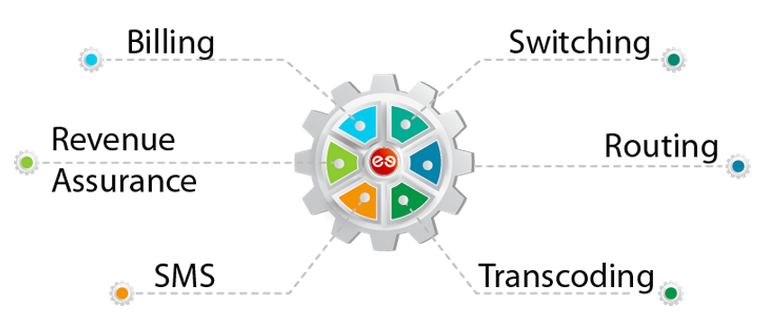
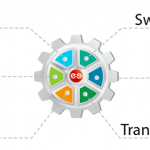

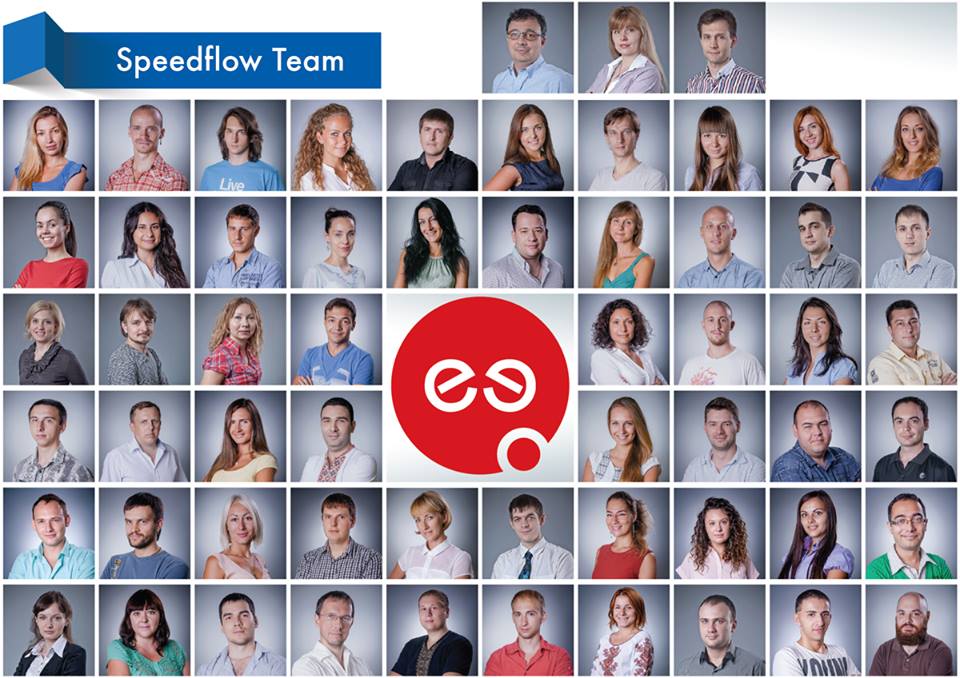

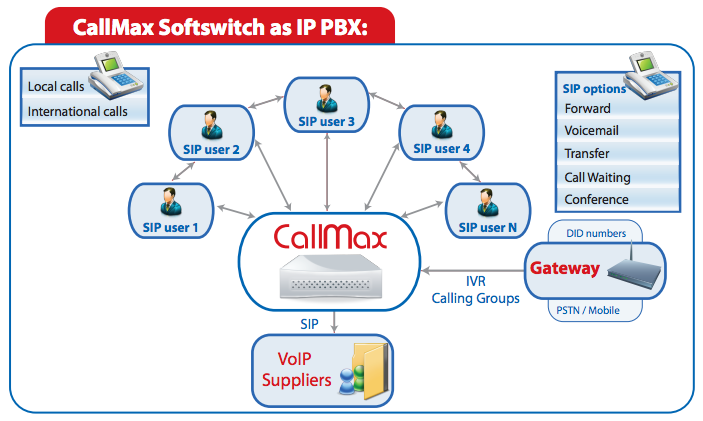
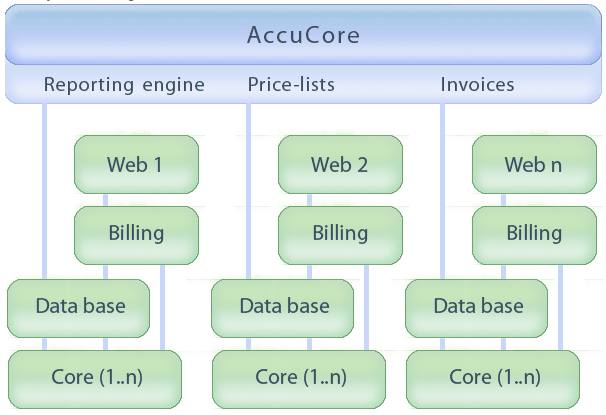
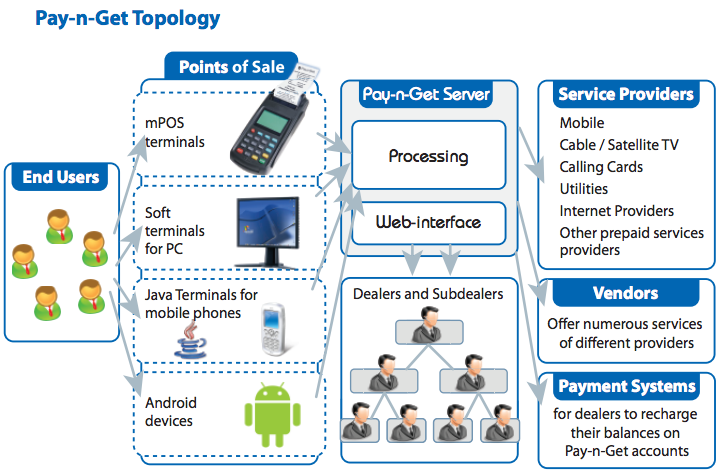
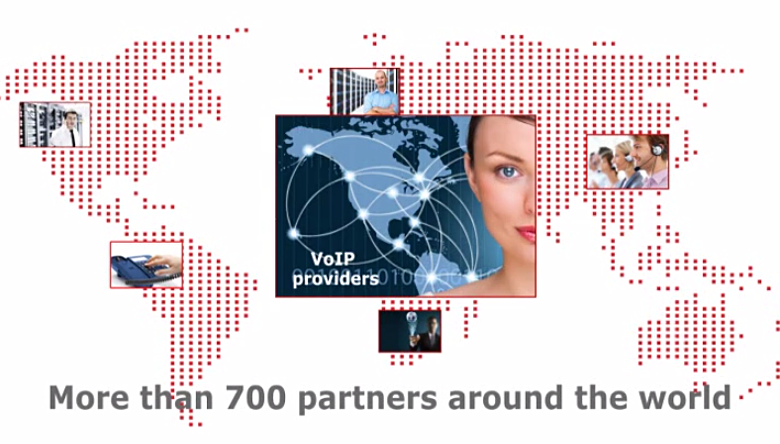

 Since its launch over 2 years ago, Apple’s
Since its launch over 2 years ago, Apple’s 
 A successful application store should place emphasis on both the front-end and back-end mechanisms, particularly the applications management, billing and CRM.
A successful application store should place emphasis on both the front-end and back-end mechanisms, particularly the applications management, billing and CRM. preferred billing options. The application store system should easily integrate with operator’s existing billing system, allowing a single point of access to manage billing.
preferred billing options. The application store system should easily integrate with operator’s existing billing system, allowing a single point of access to manage billing. V. Location-based Content
V. Location-based Content Aside from subscribers, a cross-platform application store is a stronger incentive for content developers as they are assured that their master pieces reach a wider target audience.
Aside from subscribers, a cross-platform application store is a stronger incentive for content developers as they are assured that their master pieces reach a wider target audience.
 “With the new release, Kolmisoft is hoping to help companies with low budget to start VoIP business and upgrade the software to commercial edition only when their business begins to grow.”
“With the new release, Kolmisoft is hoping to help companies with low budget to start VoIP business and upgrade the software to commercial edition only when their business begins to grow.”



.gif)